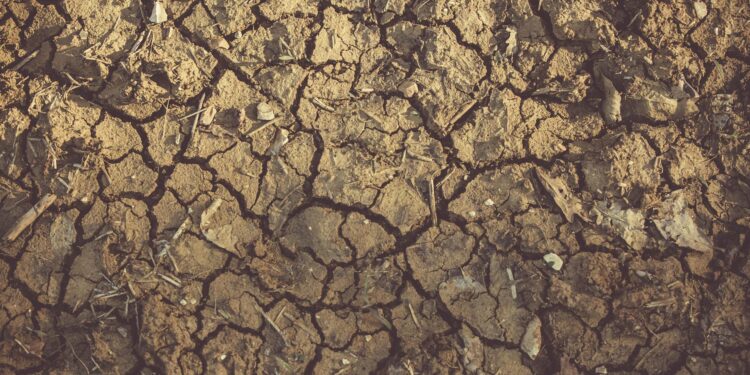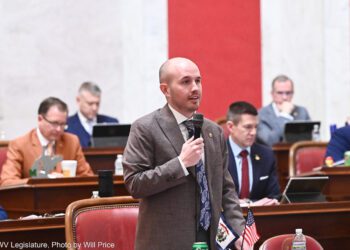Understanding the Drought Situation
West Virginia isn’t a place you’d usually associate with droughts. With its rolling hills, lush forests, and flowing rivers, it seems like water is everywhere. But lately, that picture has changed. A drought can creep up on you like a slow-moving fog, and before you realize it, the land turns dry, and the rivers dwindle. What’s happening here in West Virginia?
The Causes of the Drought
Droughts don’t just pop up out of nowhere. Several factors come into play. One big reason is the lack of rainfall. Imagine a sponge that hasn’t been wet in a long time—it can only hold so much before it starts to crack and dry out. When rain is scarce over time, the soil loses moisture, affecting plants and crops.
Another crucial factor is temperature. Higher temperatures can lead to more evaporation. Think about how fast a puddle dries on a hot summer day versus a cool one. The same principle applies here; when temperatures rise, water simply disappears into the air.
The Effects on Agriculture
West Virginia has a strong agricultural community. Farmers depend on regular rainfall to nourish their crops. When the drought strikes, it’s like taking away the lifeblood of their fields. Corn, beans, and hay can suffer, leading to lower yields. This not only impacts local farmers but also affects grocery prices for everyone. If crops don’t thrive, that means less food on our tables—and higher prices when we do find it.
Wildlife at Risk
It’s not just farmers feeling the heat. The local wildlife also bears the brunt of the drought’s effects. With less water source available, animals struggle to find the hydration they need. Streams that once flowed abundantly can turn into mere trickles. This shortage can disrupt the delicate balance of the local ecosystem. Plants die off, and creatures that depend on them for food face starvation. It’s a ripple effect that spreads across the landscape.
How Communities Are Coping
What can West Virginia do when water begins to run dry? Communities are stepping up, looking for solutions to battle the drought’s challenges. Some towns focus on water conservation methods. They promote using water wisely—like fixing leaks and watering gardens in the early morning. Others are trying to educate residents on the importance of saving water through community programs and outreach.
Looking Ahead: The Future of West Virginia’s Water Supply
So, what’s next for West Virginia? The experts say that climate change is playing a significant role in shifting weather patterns. This could mean more frequent droughts. It’s like a new normal that everyone needs to get used to. But with innovative solutions and community efforts, West Virginia can navigate these dry spells more effectively.
Conclusion
Droughts may be challenging, but they shine a light on the importance of water conservation and community resilience. West Virginians have always been tough, facing the ups and downs of nature head-on. By working together, we can ensure that our beautiful state remains green and vibrant, even during the dry times. After all, water is life, and this land deserves to flow with it.









